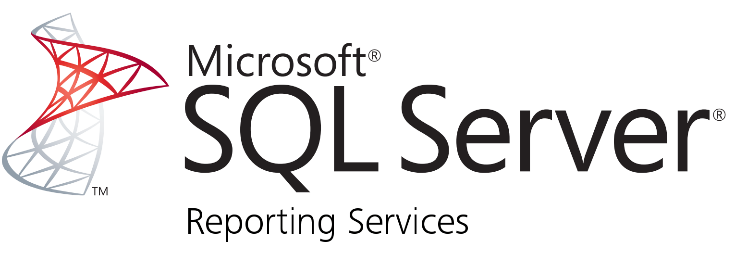
In a previous blog post, I covered how you can provide high availability for SQL Server Reporting Services workloads. One of those options is thru SharePoint’s scale-out implementation.
While this topic is primarily for integrating SQL Server Reporting Services with SharePoint 2013, it helps us SQL Server professionals understand the difference in the architecture between native mode and SharePoint-integrated mode and make decisions based on those. In this particular case, when you deploy SQL Server Reporting Services in a SharePoint farm, we need to be aware of a couple of things:
- security and authentication
- high availability and scale out load balancing
- proper deployment
If someone else on the team is responsible for managing your SharePoint farm, you can use these talking points to have a conversation about the implementation. A very common challenge that I see when there are separate teams managing SharePoint and SQL Server is that there is no proper coordination between the teams (I guess this happens in just about any teams, not just in IT.) I’ve seen cases where SQL Server Reporting Services was installed in SharePoint-integrated mode in a server that has not been joined to the SharePoint farm yet. And that usually turns out to be an administration nightmare down the road. It’s why I recommend having that conversation first before you even do any installation.
This video explains the service architecture model when SQL Server Reporting Services is deployed in SharePoint-integrated mode. And if you need help in designing and deploying SharePoint 2013 (and higher) as a business intelligence (BI) farm, drop me a line. I’ll be happy to lend a hand.
Additional Resources
- SQL Server Reporting Services 2012 SharePoint integrated mode Endpoints architecture (or how our services talk each other)
- Providing High Availability to SQL Server Reporting Services
- Install and Configure SQL Server Reporting Services 2012 SP1 and 2014 in SharePoint Integrated Mode
- Installing and Configuring Reporting Services 2012 SP1 or 2014 in SharePoint-Integrated Mode Part 2
Please note: I reserve the right to delete comments that are offensive or off-topic.